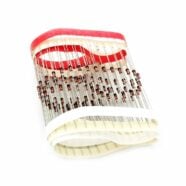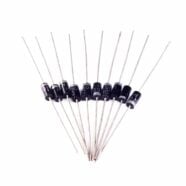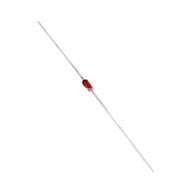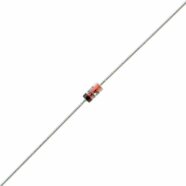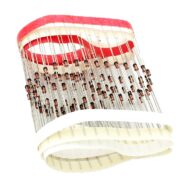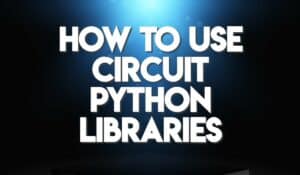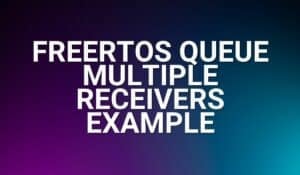View this guide on how to use diodes for different kinds of applications and circuits.
Introduction
A diode can be used in different ways and has several applications. It’s one of those versatile off-the-shelf electronic components available on your workbench. Here, you’ll learn how to apply them on your everyday circuits.
Diode Used in Charging Circuits
Ever wonder how equipment with battery charging capability manages its batteries and load simultaneously? They’re probably using diodes as one-way conductors. Below, diode D2 allows current from the charger circuit to flow into the battery during charging while blocking it in battery mode. D3 blocks current from the charger reaching the load through the potential generated from the cathode of D1 when the device is connected to a power adapter. The same D3 allows the battery to feed power to the load in battery-only mode. Lastly, D1 blocks current from the battery reaching the power supply circuit and delivers power to the load while charging or through a power adaptor.
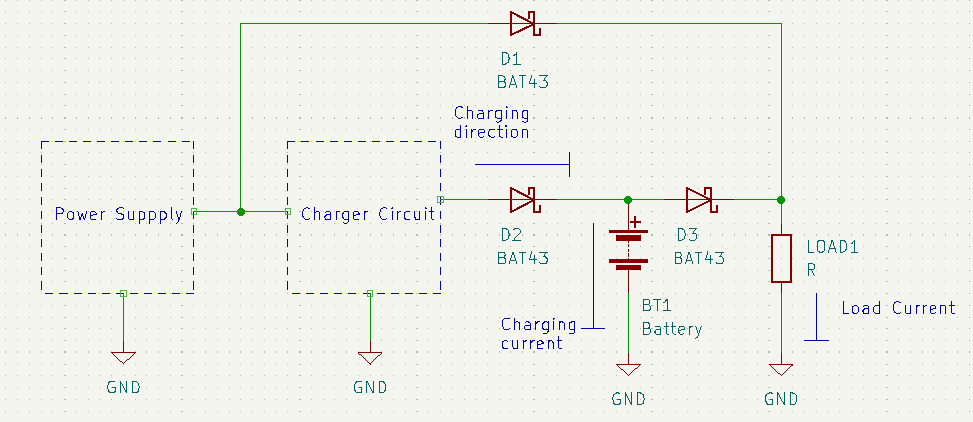
Diode as Input Signal Protection
Two diodes can protect the input port of your circuit from both negative voltages and overvoltages. Consider the input protection circuit below. This circuit will try to clip voltages below zero and above VCC on the input pin of your circuit. A resistor R1 is added to absorb the power of the clipped voltage. Usually, you can see a similar circuit used as ESD protection on the input pins of your microcontrollers.

Diode as Back-EMF Protection
A diode can be used as back-emf protection from motors or inductive loads. This can protect your low-voltage circuits from high-voltage transients. The proper way to use the diode is to put it in parallel with your inductive load. With this, the diode absorbs the high voltage “kickback” generated when your transistor driver switches open during a PWM cycle. Nevertheless, don’t worry; this transient spike is usually narrow so it won’t destroy a small diode.

Diode as a Rectifier
A popular application of a diode is rectification. It can turn an incoming AC source (Alternating Current) signal into DC (Direct Current). Once this is done, with a few more tweaks, this source can power your DC circuits.
Consider an incoming AC signal. This signal passes through a single diode and will become DC instantly. This is called a Half-Wave Rectifier. This circuit only allows the upper positive half portion of the AC wave to pass through.
You can learn more about this in Basic Linear Power Supply Fundamentals.

To be able to get both the top and bottom AC wave components to pass through, you will need a Bridge Type Rectifier. This rectifier routes the alternating cycles accordingly and outputs it all as DC.

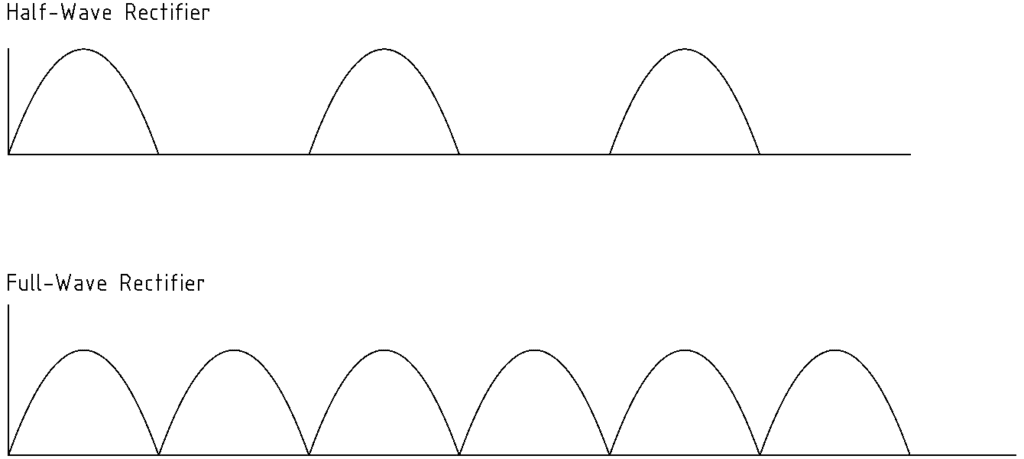

Conclusion
There are several areas of applications of a diode. This article just listed a few. These applications include charging, signal protection, back-emf protection, and rectification.

